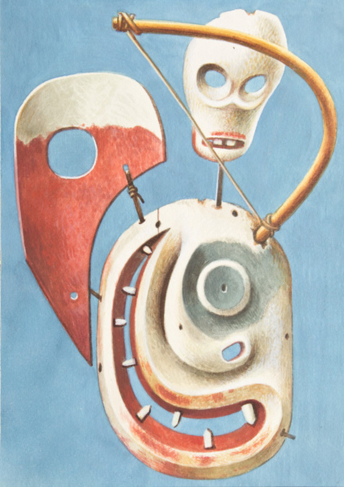When Chinoiserie was all the Rage
Rural Architecture in the Chinese Taste being designs entirely new for the decoration of gardens, parks, forests the 3d. edition. With the adition [sic] of 4 plates in quarto of roofs for Chinese and Indian Temples, the manner of fixing their ornaments, covering and carrying of the water, their cornices with the several members adjusted to regular proportion.
London: Printed for Robt. Sayer, 1755.
Price: $3,000.00
About the item
Third edition, enlarged "with the Addition of Four Plates in Quarto" (first published in 1752). Engraved general title-page and 64 engraved plates (4 folding) by Parr and B. Cole. Four parts in one volume, with separate title-pages. Part I (New Designs for Chinese Temples): plates 1-14 (including engraved sectional title), 8 pp. text. Part II (New Designs for Chinese Bridges): plates 15-28, 8 pp. text. Part III (New Designs for Chinese Doors): plates 29-44, 4 pp. text. Part IV (New Designs for Chinese Gates): plates 45-64; 8 pp text. 8vo. When Chinoiserie was all the Rage. Later half calf and marbled boards (somewhat rubbed and scuffed); title-page soiled, both plates and text spotted, mostly at outer margins. Harris 302.
Item #244192
The fashion for the Chinese style was initiated, according to Harris, by Frederick, the Prince of Wales, who in 1749 had a "House of Confucius" built for him at Kew, as well as a Chinese barge with oarsman in Oriental costume to row him up and down the Thames. William Halfpenny was never a designer to miss his opportunity to exploit the latest fashion: "Halfpenny's role had never been to reform taste but to reduce it to practicable terms and disseminate it, as he said of his Chinese designs. 'to workmen at a distance from the Metropolis'. ... The fact that these exotic [i.e., Chinese and Moorish] styles had no established rules must have made them especially attractive to the inventive, non-conforming William Halfpenny. The liberties he was able to take in altering , combining, and adapting them to British requirements were greater in degree but the same in principle as those he had taken with the Palladian idiom" (Harris, p. 221).

![Rural Architecture in the Chinese Taste being designs entirely new for the decoration of gardens, parks, forests the 3d. edition. With the adition [sic] of 4 plates in quarto of roofs for Chinese and Indian Temples, the manner of fixing their ornaments, covering and carrying of the water, their cornices with the several members adjusted to regular proportion](https://jamescumminsbookseller.cdn.bibliopolis.com/pictures/244192.jpg?width=768&height=1000&fit=bounds&auto=webp&v=1300483743)
![Rural Architecture in the Chinese Taste being designs entirely new for the decoration of gardens, parks, forests the 3d. edition. With the adition [sic] of 4 plates in quarto of roofs for Chinese and Indian Temples, the manner of fixing their ornaments, covering and carrying of the water, their cornices with the several members adjusted to regular proportion](https://jamescumminsbookseller.cdn.bibliopolis.com/pictures/244192_2.jpg?width=768&height=1000&fit=bounds&auto=webp&v=1415933962)
